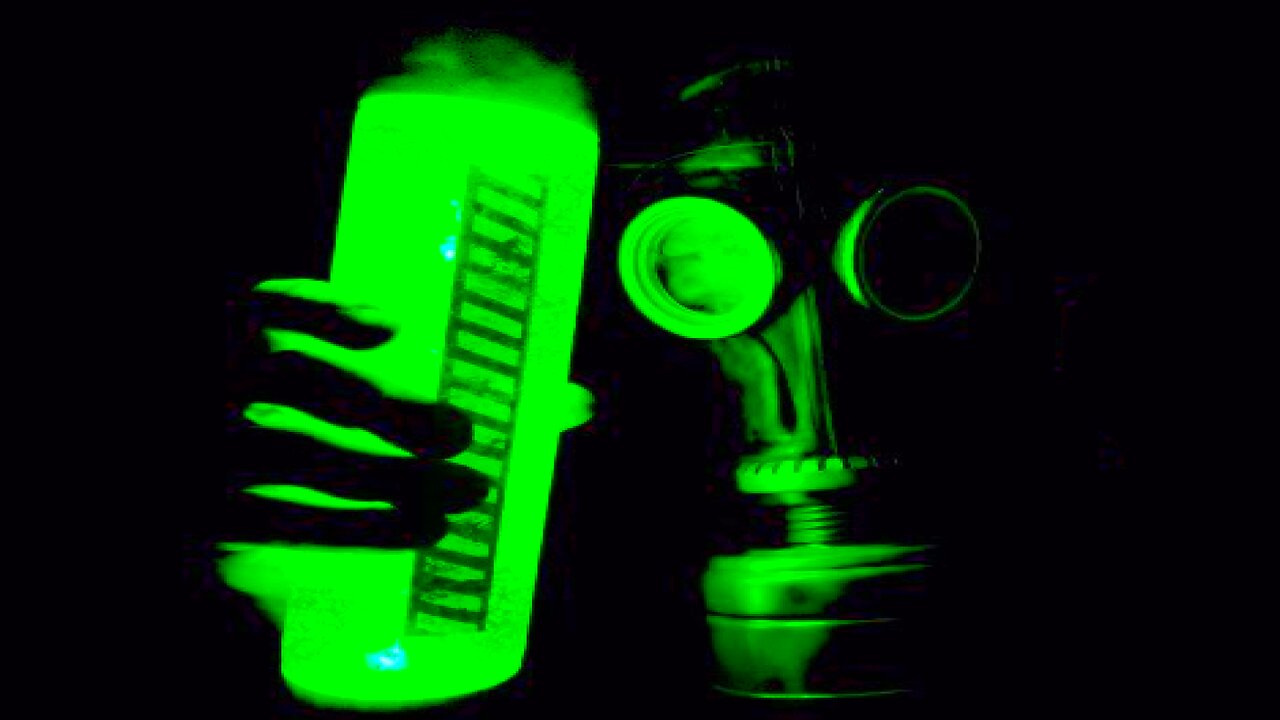Premium Only Content

RADIATION Across the Solar System
Please Support The RUMBLE Channel
50% of all support (after fees & tax) will go to a private Moon mission
RUMBLE Has More Videos & YOUR VIEWS Help Raise Money For a MOON Mission!
https://rumble.com/user/WhatsNextVids
Patreon:
https://www.patreon.com/user?u=37594401
Buy Me A Coffee:
https://www.buymeacoffee.com/whats.next
Donate With Cash App:
https://cash.app/$YTpayments
Total Updated Weekly on X/Twitter:
https://x.com/WhatsNe75388303
Examples of Radiation Levels Across the Solar System:
Earth: On Earth, the average annual radiation exposure for a person includes about 5% from cosmic radiation. The total average dose of radiation people receive in the United States is approximately 620 millirem (6.2 millisieverts) per year.
Moon: The Moon’s surface is exposed to higher levels of cosmic radiation compared to Earth due to its lack of atmosphere and magnetic field protection. Astronauts on the Moon are exposed to elevated levels of cosmic radiation during their missions.
Mars: Mars has a thin atmosphere that provides less shielding from cosmic radiation compared to Earth. Future human missions to Mars will face challenges in protecting astronauts from prolonged exposure to cosmic radiation during their journey and stay on the red planet.
International Space Station (ISS): Astronauts aboard the ISS are exposed to higher levels of cosmic radiation than on Earth due to minimal atmospheric shielding in low Earth orbit. Special shielding is used on the ISS to protect astronauts from the effects of cosmic radiation.
Jupiter: Jupiter’s intense magnetic field traps high levels of charged particles, creating a hazardous radiation environment around the planet. The radiation belts around Jupiter pose significant risks to spacecraft passing through or orbiting the gas giant.
Saturn: Saturn also has strong radiation belts similar to Jupiter, which can affect spacecraft exploring the planet and its moons. The Cassini spacecraft, which orbited Saturn, had to navigate carefully to avoid prolonged exposure to high levels of radiation.
Pluto: Despite being far from the Sun, Pluto experiences lower levels of solar radiation due to its distance. However, cosmic rays from outside our solar system still reach Pluto’s surface, albeit at reduced intensities compared to inner planets like Earth.
Interstellar Space: In interstellar space beyond our solar system, cosmic radiation levels can vary based on factors such as proximity to stars, supernovae remnants, and other celestial phenomena. Spacecraft traveling through interstellar space would encounter different levels of cosmic radiation depending on their location and trajectory.
-
 2:29:10
2:29:10
Badlands Media
11 hours agoDevolution Power Hour Ep. 406: Cracks in the Empire
242K25 -
 2:55:16
2:55:16
TimcastIRL
9 hours agoNEW Epstein Emails Drop, Dems Claim TRUMP KNEW, Congress Forces Epstein Release Vote | Timcast IRL
259K121 -
 1:19:53
1:19:53
Barry Cunningham
8 hours agoBREAKING NEWS: PRESIDENT TRUMP RE-OPENS THE UNITED STATES GOVERNMENT!
45.2K20 -
 20:47
20:47
The White House
8 hours agoPresident Trump Signs Senate Amendment to H.R. 5371
39.2K34 -
 4:37:57
4:37:57
Drew Hernandez
1 day agoNEW EPSTEIN EMAIL DROP FULLY POLITICIZED
63.5K37 -
 1:44:01
1:44:01
Tucker Carlson
8 hours agoTucker Carlson on the Israel First Meltdown and the Future of the America First Movement
74.8K467 -
 4:02:08
4:02:08
Alex Zedra
8 hours agoLIVE! Phasmaphobia New Map!
59.9K3 -
 2:16:06
2:16:06
Laura Loomer
9 hours agoEP155: Jihad Makes Its Move On The White House
51.9K65 -
 2:18:47
2:18:47
TheSaltyCracker
9 hours agoDem's Epstein Drop Backfires ReeEEStream 11-12-25
114K232 -
 17:08
17:08
Demons Row
10 hours ago $5.71 earnedMost Dangerous Motorcycle Clubs That Ever Existed 💀🔥
42.1K4